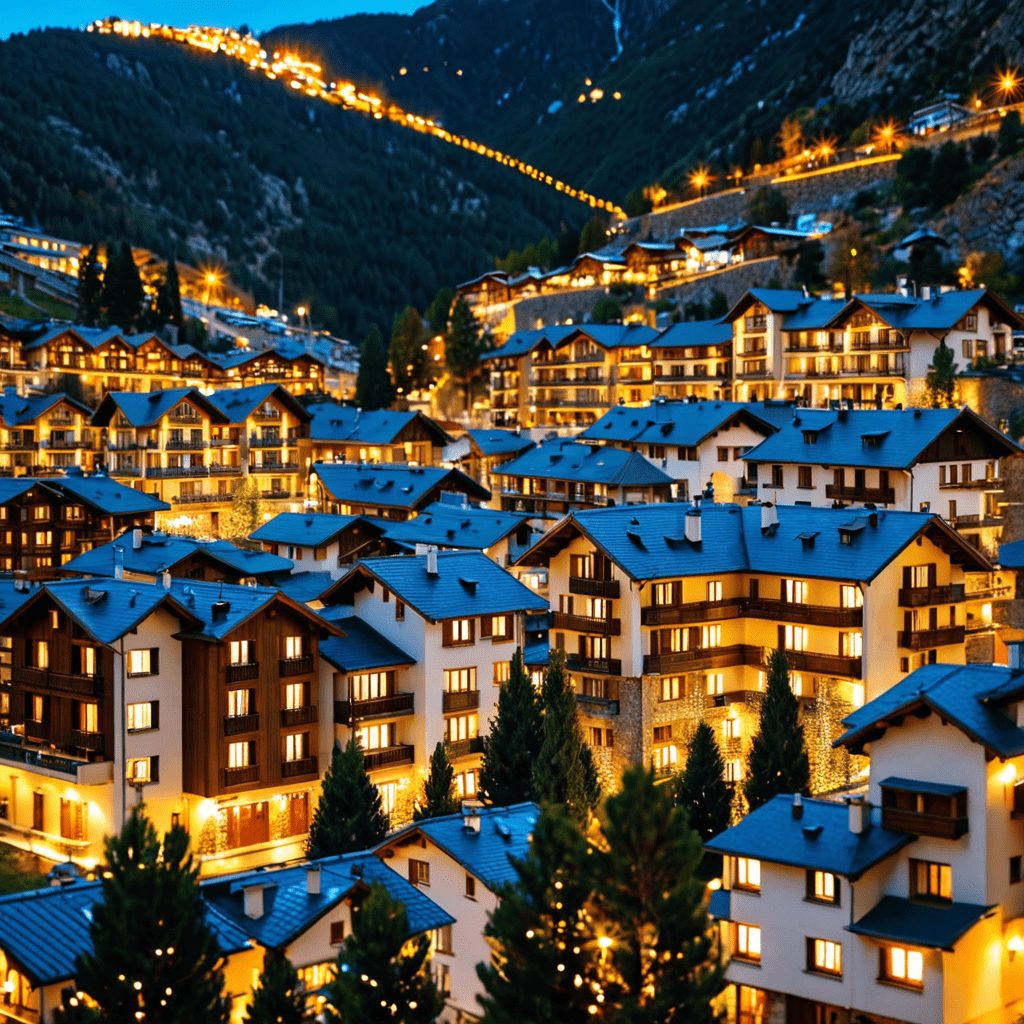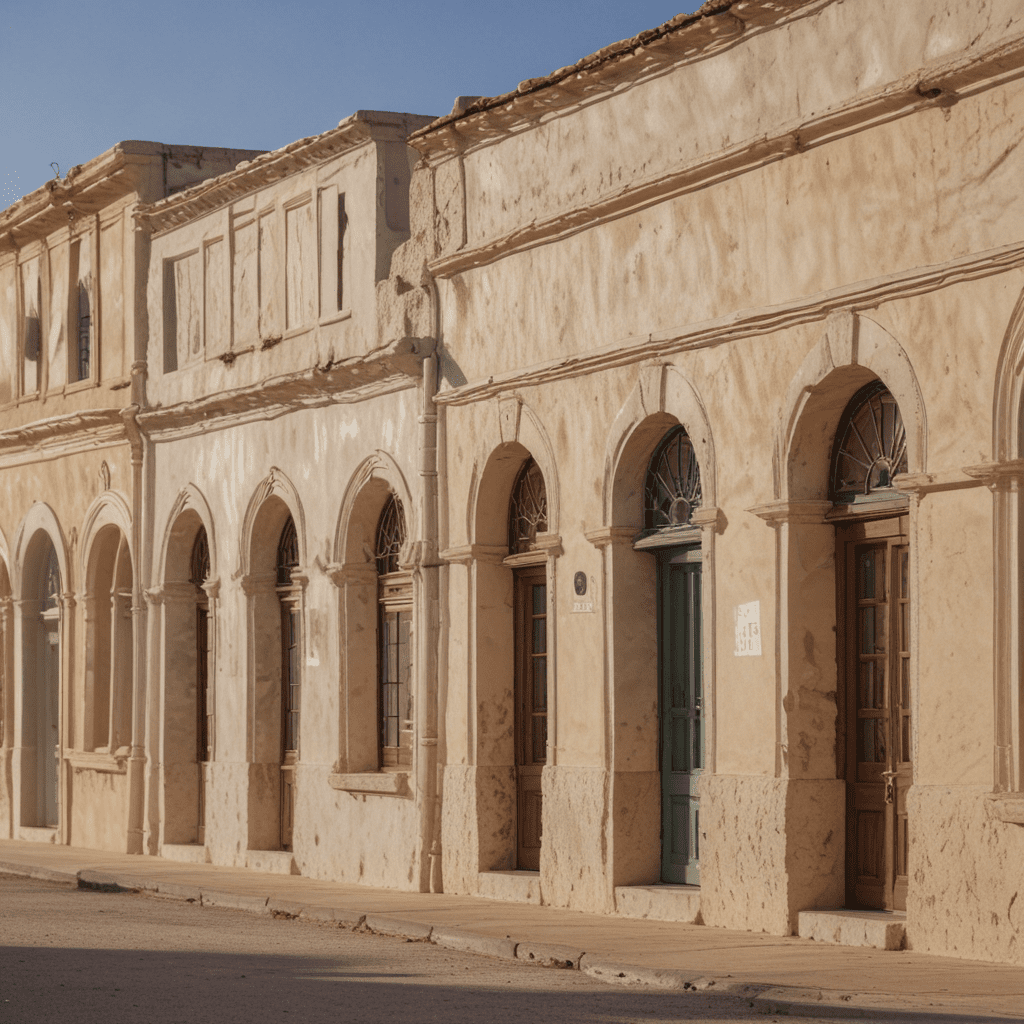The Bahamas: A Sanctuary for Endangered Species
The Bahamas, an archipelago in the Caribbean Sea, is renowned for its pristine beaches, crystal-clear waters, and vibrant marine life. However, beyond its breathtaking beauty, The Bahamas holds a special significance as a sanctuary for endangered species.
The Unique Ecosystems of The Bahamas
The Bahamas comprises over 700 islands and cays, each with its unique ecosystem. These ecosystems include diverse habitats such as coral reefs, mangrove forests, seagrass beds, and pine forests. This variety of habitats supports a wide range of flora and fauna, including numerous threatened and endangered species.
The Endangered Species Found in The Bahamas
The Bahamas is home to a rich diversity of endangered species, including:
- Hawksbill Sea Turtles (Eretmochelys imbricata): Critically endangered sea turtles that nest on Bahamian beaches.
- Bahamian Bats: Two species of bats that are endemic to The Bahamas and face habitat loss and disturbance.
- Nassau Grouper (Epinephelus striatus): A commercially valuable fish species that has experienced overfishing and habitat damage.
- Bahamian Parrot (Amazona leucocephala bahamensis): A unique subspecies of parrot that is found only on Abaco and Inagua islands.
- West Indian Manatee (Trichechus manatus): A large marine mammal that is threatened by boat strikes and habitat degradation.
Hawksbill Sea Turtles: A Conservation Success Story
The Bahamas has made significant strides in conserving its endangered species. One of the most successful conservation efforts has been the protection of hawksbill sea turtles. Through community-based conservation programs, turtle nesting beaches have been monitored and protected, and public awareness about the importance of these turtles has been raised. As a result, the hawksbill population in The Bahamas has shown signs of recovery.
The Protection of Bahamian Bats
Two species of bats found in The Bahamas are critically endangered: the Andros Island Hutia and the Abaco Island Hutia. These bats rely on old-growth forests for survival, which are threatened by habitat loss and degradation. Conservation efforts in The Bahamas include the establishment of protected areas, targeted research, and community outreach programs to raise awareness about the importance of bat conservation.
The Recovery of the Nassau Grouper
The Nassau grouper is a critically endangered fish species that is native to The Bahamas. Overfishing and habitat degradation have led to a significant decline in Nassau grouper populations. Conservation efforts, including the establishment of marine protected areas and the implementation of fishing regulations, are being implemented to protect and recover this iconic species.
Efforts to Protect the Bahamian Parrot
The Bahamian parrot is a critically endangered subspecies of parrot that is found only on Abaco and Inagua islands. Habitat loss and illegal trapping have led to a significant decline in Bahamian parrot populations. Conservation efforts focus on protecting and restoring nesting sites, controlling invasive species, and raising public awareness about the importance of parrot conservation.
The Role of Marine Protected Areas
Marine protected areas (MPAs) play a crucial role in protecting endangered species in The Bahamas. MPAs provide safe havens for marine life, allowing species to recover and reproduce without the pressures of fishing and other human activities. The Bahamas has established a network of MPAs, including the Exuma Cays Land and Sea Park and the Andros Barrier Reef, which provide critical habitat for a variety of endangered species.
Community Involvement in Conservation
Community involvement is essential for the success of endangered species conservation in The Bahamas. Local communities play a vital role in monitoring and protecting nesting sites, enforcing fishing regulations, and educating others about the importance of conservation. Community-based conservation programs empower local communities to take ownership of their natural resources and ensure the long-term survival of endangered species.
The Future of Endangered Species Conservation in The Bahamas
The Bahamas has made significant progress in protecting its endangered species, but there is still much work to be done. Continued conservation efforts, including the establishment of new MPAs, the implementation of sustainable fishing practices, and the education of local communities, are essential for ensuring the future survival of these iconic species. By working together, The Bahamas can continue to be a sanctuary for endangered species for generations to come.
FAQ
What is the most endangered species in The Bahamas?
The most endangered species in The Bahamas are the hawksbill sea turtle, the Bahamian parrot, and the Nassau grouper.
What is being done to protect endangered species in The Bahamas?
Conservation efforts in The Bahamas include the establishment of marine protected areas, the implementation of fishing regulations, the monitoring and protection of nesting sites, and the education of local communities.
How can I help protect endangered species in The Bahamas?
You can help protect endangered species in The Bahamas by supporting conservation organizations, reducing your consumption of seafood, and educating others about the importance of conservation.


